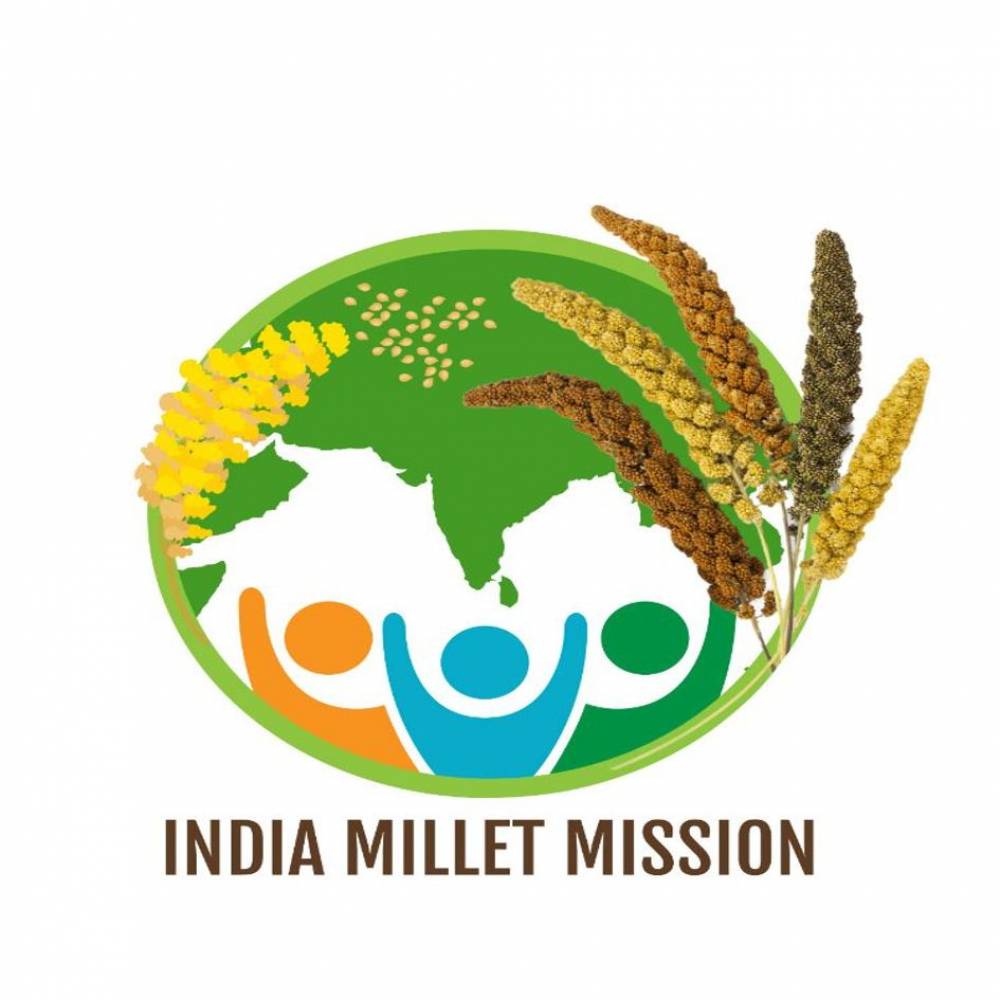-
Admin
- 15 April 2024
SAMPLE REPORT ON " India's Millet Mission: Promoting Nutritious and Sustainable Grains "
Millets: India's Superfood on a Mission India is leading a global charge towards a healthier and more sustainable future with millets. These tiny powerhouses of nutrition are being championed by the government's Millet Mission, aiming to improve public health, empower farmers, and promote climate-smart agriculture. With initiatives focused on boosting production, creating innovative products, and raising awareness, India is well on its way to making millets the next big superfood, both at home and abroad.

Introduction
Millets are a group of small-grained cereals traditionally grown in India and other parts of Asia and Africa. They are known for their high nutritional value, drought tolerance, and ability to thrive in marginal lands. In recent years, the Indian government has launched several initiatives to promote the production and consumption of millets, collectively known as India's Millet Mission.
Objectives of the Mission
- Improve Public Health: Millets are rich in protein, fiber, vitamins, and minerals, making them a valuable addition to diets to combat malnutrition and promote a healthy lifestyle.
- Support Sustainable Agriculture: Millets require less water and are more resistant to pests and diseases compared to other cereals. This makes them ideal for cultivation in rain-fed areas and promotes sustainable agricultural practices.
- Empower Small-Scale Farmers: Millets can be cultivated with minimal inputs and on small landholdings, making them a viable option for small-scale farmers, improving their livelihoods and income security.
Key Initiatives
- National Food Security Mission (NFSM): Launched in 2007, this mission includes a sub-program focused on millets, providing financial assistance to farmers, promoting better seeds, and creating awareness about cultivation practices.
- Price Support Scheme (PSS): This scheme offers minimum support prices for millets, ensuring a fair return for farmers and incentivizing production.
- Development of Value-Added Products: The government is encouraging the development of ready-to-eat millet-based products and promoting innovative recipes to increase the demand and appeal of millets among consumers.
- International Year of Millets (IYOM) 2023: India successfully lobbied for the UN to declare 2023 as IYOM, leading to a year-long campaign to raise global awareness about the benefits of millets.
Challenges and Opportunities
- Breaking Traditional Mindsets: Encouraging a shift towards millets as a staple food requires overcoming consumer preferences for traditional cereals like rice and wheat.
- Strengthening Value Chains: Better infrastructure for storage, processing, and marketing is needed to connect producers with consumers and ensure wider availability of millet products.
- Research and Development: Investing in research to develop high-yielding millet varieties and improve processing techniques can further enhance the competitiveness of millets.
Conclusion
India's Millet Mission presents a unique opportunity to address both public health and environmental concerns. By promoting the production and consumption of millets, the mission can contribute to nutritional security, sustainable agriculture, and empower small-scale farmers. Overcoming challenges and capitalizing on opportunities will be crucial for the long-term success of the mission and the wider adoption of millets in India and globally.

